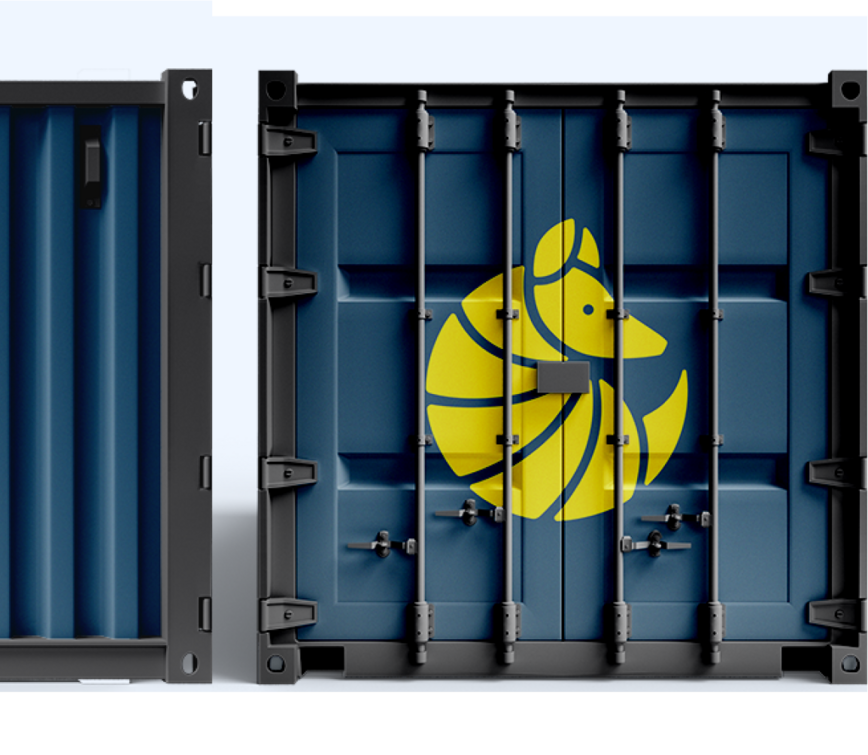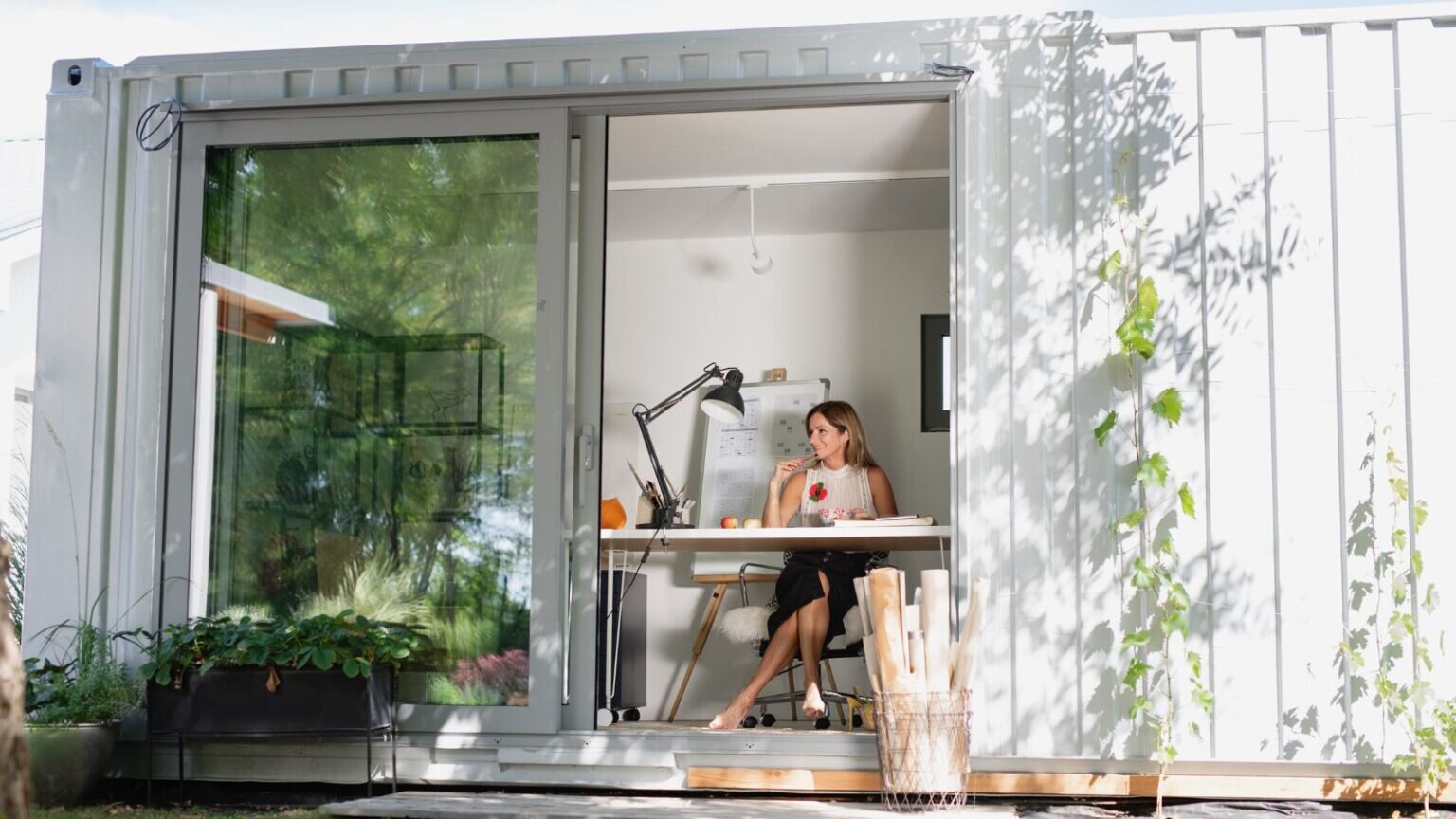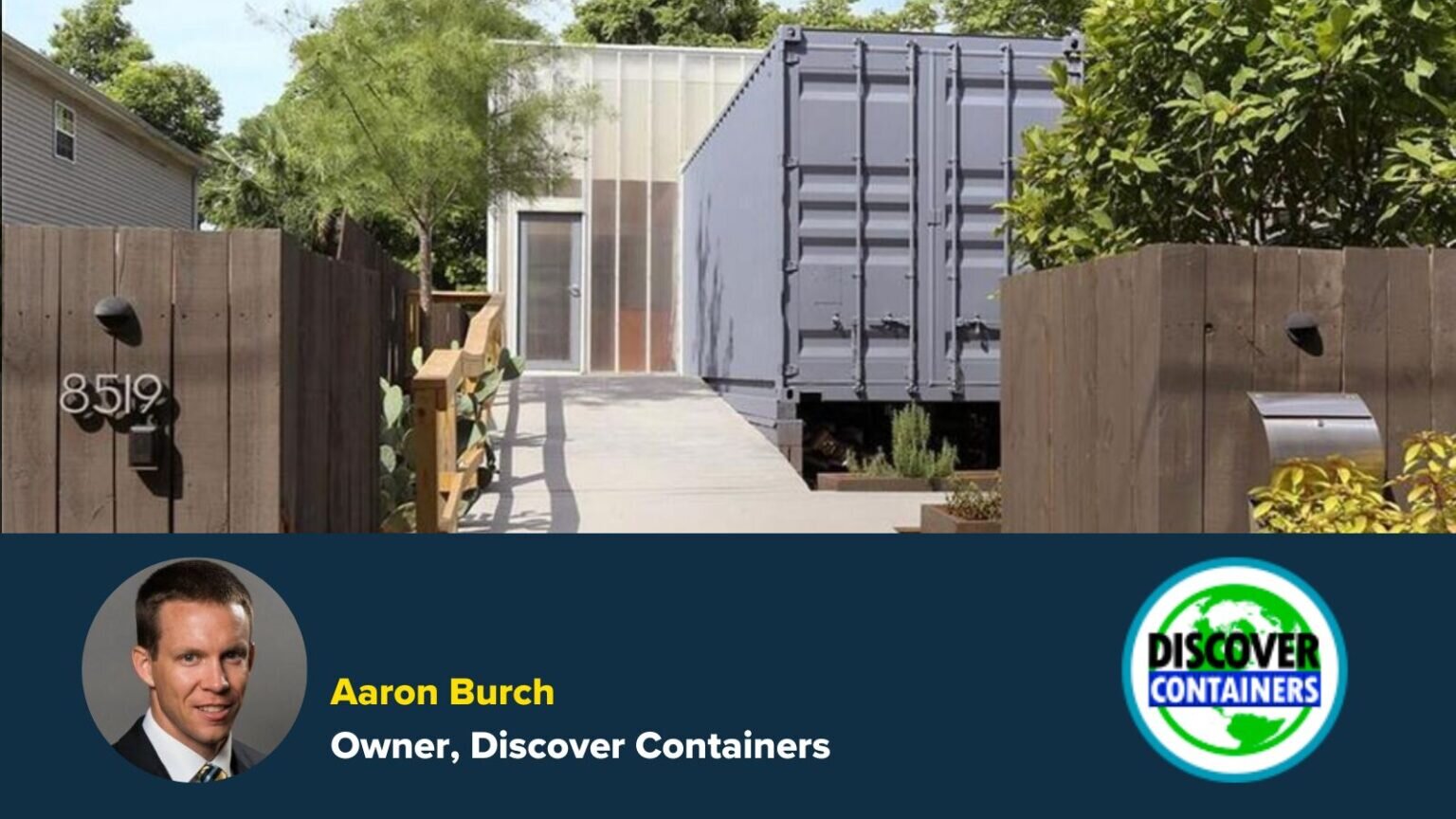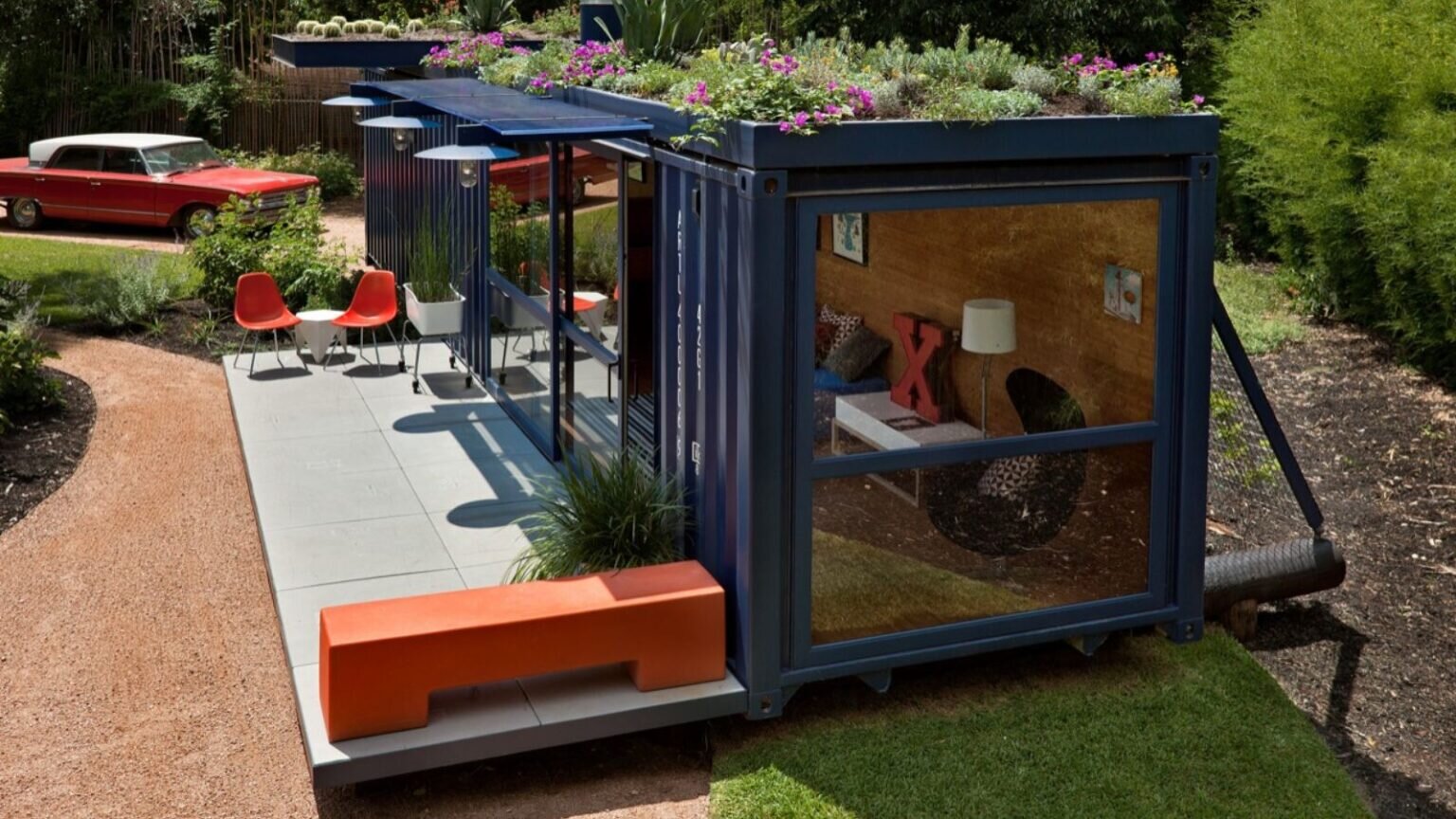Track my order
RESOURCES
How Much Does It Cost to Build a Container Home?
Are you interested in creating a living space for yourself? If so, it’s time to start planning how to build a shipping container home — and how much it will cost to create the space of your dreams.



Shipping containers are primarily used for transporting and shipping cargo — but that isn’t all they’re capable of. Increasingly, storage containers are being converted into offices, stores, storage units, and even alternative living spaces.
Are you interested in creating a living space for yourself — or even renting out a shipping container home on Airbnb? If so, it’s time to start planning how to build a shipping container home — and how much it will cost to create the space of your dreams.
The Cost of Building a Container Home
Shipping container homes range in size and complexity. Your project costs will therefore greatly depend on the home you’re looking to build. To construct a basic, single-unit home from a shipping container, you could spend as little as $30,000 (excluding the cost of land). That’s just 10% of the average cost to build a standard brick-and-mortar home, which is around $300,000.

What Factors Will Impact Your Container Home Costs?
1. The Grade of Your Shipping Container
Shipping containers are available in three industry-standard conditions:
1. New “One-Trip” Shipping Containers
2. Cargo-Worthy Shipping Containers
3. Wind & Watertight Shipping Containers
When taking on a container-related construction project, we recommend purchasing a new “one-trip” container. That’s because one-trip containers are as “new” as a shipping container can get. One-trip containers have only taken a single trip overseas before being removed from shipping circulation. This means they have no surface rust, minimal scratches or exterior wear, and require minimal prep work for building.
The next container condition you may consider is a cargo-worthy container. Cargo-worthy containers are used shipping containers that have been used for several years of shipments. However, they are still considered structurally sound and suitable for shipping or construction. Cargo-worthy containers are cheaper than new “one-trip” containers, as they show greater signs of wear and tear. This wear will commonly include dings, dents, and patches of surface rust. Thus, if you embark on a construction project using cargo-worthy containers, it’s important to factor additional upfront maintenance work into your build schedule.
Unsure of which container condition is right for you? Check out our container buying guide for a more detailed breakdown, or request a call from a container consultant near you.
2. Plan Your Lifestyle
Standardized shipping containers come in two common sizes. The smaller standard size is 20ft long, while the larger is 40ft long. Constructing a container home using a 20ft shipping container is typically be cheaper than building with a 40ft shipping container. However, some may find occupying 160 square-foot on a full-time basis a little too close for comfort. Thus, we recommend reserving use of 20ft shipping containers for accessory dwelling units, home offices, and other ancillary living areas. If you’re looking to adopt modular living on a more permanent basis, consider buying a 40ft shipping container instead.
Both 20ft and 40ft shipping containers are available for purchase in two standardized heights, known as “standard” (8ft 6 inches) and “high-cube” (9ft 6 inches). High-cube containers are particularly popular with modular home builders, as they provide more vertical space for builders to work with. This space can be used to add extra storage space, larger windows, or simply taller ceilings.
3. Cost of Land
Building a home from scratch — whether a brick-and-mortar home or a shipping container home — requires land you currently own or are in a position to buy. The cost of land will vary by state and region, with rural areas costing less than urban locales.
According to the United States Department of Agriculture (USDA), the average cost for an acre of farmland was $3,160 in 2020. Undeveloped or “raw” land will likely be the cheapest option that you can purchase, but it will come with some financial obstacles. Raw land is not connected to the electrical grid or sewer system. Setting up all of your essential utilities on raw land could add thousands of dollars to your final cost.
4. Home Size
It goes without saying that a single-container home will run you less than a multi-container modular home. The more containers that you plan to use in your home design, the more you should expect to spend — not just on the shipping containers themselves, but also on construction-related costs like insulation, plumbing, and flooring.
Larger shipping container homes will also require reinforcements. This is because although shipping containers are capable of bearing heavy weights, modifying their corners and corrugated walls can decrease their structural integrity and capability of bearing heavy loads.
These modifications can mean removing walls so that you can attach two containers together, cutting out large chunks of the walls to install large picture windows, or even stacking containers to make additional levels for your home. All of these will require reinforcements to help your home maintain its structural integrity, which is usually achieved with steel beams.
5. Construction Materials
Do you want to use budget-friendly materials or splurge on the top-shelf options? Your choice of construction materials will inevitably impact how much you’ll spend on your shipping container home when all is said and done.
It’s tough to predict how much it will cost to build a container home — it all depends on your design plans and your budget. If your budget is tight, you could minimize your costs by constructing a tiny home out of a single 20ft container, making only the basic modifications, and using low-cost materials. Alternatively, if your budget isn’t an issue, you can create a modular home out of multiple containers and upscale materials. It’s all up to you!
Learn more about building a shipping container home, here.

About Nina Barango
Nina Barango is an experienced content marketer and container expert with a proven track record in the tech and logistics industry. Having worked with various startups and SMEs, she bridges the world of marketing, tech and shipping containers. When she's not creating content that'll revolutionize global container trade, you can find Nina reading a book or mastering her video editing skills.







Continue Shopping
Loading cart